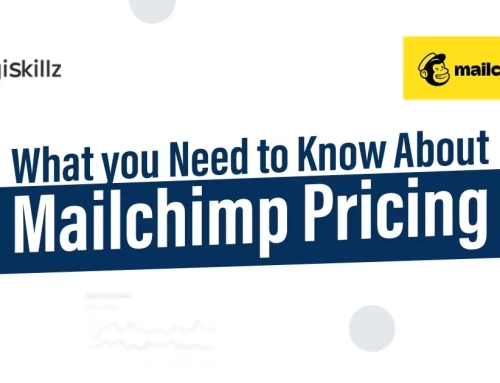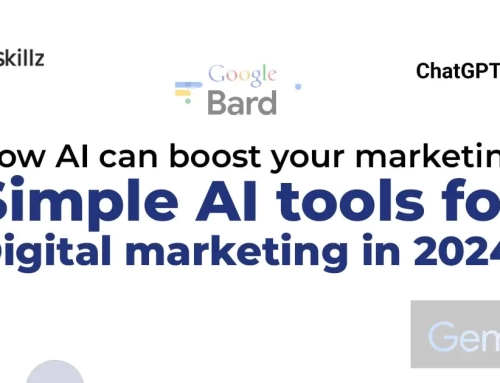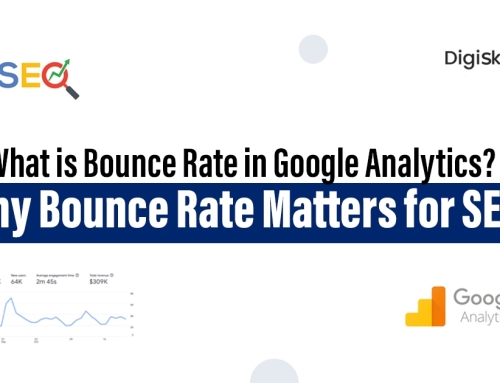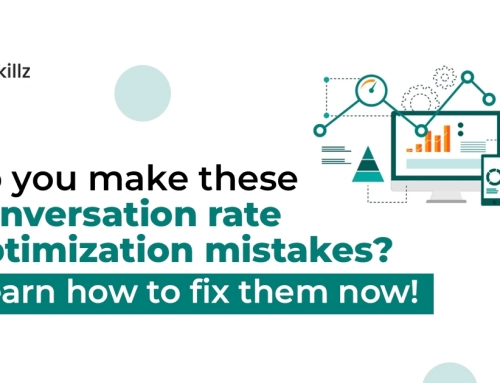Table of Contents
Explanation of On-Page and Off-Page SEO:
On-page SEO is the process of improving specific web pages in order to improve their search engine rankings and attract more relevant visitors. This includes optimizing content, meta tags, images, and other elements within the website. Off-page SEO refers to optimization that occurs outside of the website, such as link building, social media promotion, and other strategies that improve a website’s overall visibility and reputation.
Importance of a Comprehensive SEO Strategy:
A comprehensive SEO strategy is important for the success of a website. By optimizing both on-page and off-page factors, a website can improve its visibility in search engine results and attract more relevant traffic. A strong SEO strategy can also help establish a website as a trusted and authoritative source in its industry, leading to increased engagement and conversions.
Overview of Strategies to be discussed in the Post:
The post will cover a variety of strategies for success with on-page and off-page SEO. Topics will include keyword research, optimization of page titles and meta descriptions, use of header tags and alt tags, building backlinks, social media promotion, and other best practices for improving a website’s search engine visibility and reputation.
The post will also provide an overview of general SEO strategies, such as staying up to date with best practices and measuring success with analytics.
On-Page SEO

Keyword Research:
Keyword research is the process of identifying relevant keywords and phrases that people search for in order to find websites like yours. By understanding the search terms that your target audience uses, you can optimize your website content and meta tags to rank higher in search results for those keywords. Keyword research should be an ongoing process as search trends and consumer behavior can change over time.
Page Titles and Meta Descriptions:
Page titles and meta descriptions are elements of a website’s HTML code that provide a brief summary of the page’s content to search engines and users. Page titles should accurately reflect the content on the page and include target keywords, while meta descriptions should be a brief and compelling summary of what the page is about. These elements are crucial for improving a website’s search engine visibility and click-through rate.
Header Tags:
Header tags, also known as H1, H2, H3, etc., are used to structure the content of a web page and make it easier for search engines to crawl and understand. Header tags are also important for improving the user experience as they provide a clear hierarchy of information, making it easier for visitors to scan and understand the content.
Alt Tags:
The images are described in alt tags for use by search engines and users who are blind. They provide a text description of the image, which is important for accessibility and SEO purposes. Proper use of alt tags can also improve a website’s visibility in image search results.
Content Quality and Relevance:
High-quality, unique, and relevant content is essential for success with both on-page and off-page SEO. Search engines prioritize websites that provide valuable information and engage visitors, so it’s important to create content that meets these criteria. Content should also be optimized for target keywords and structured with header tags for maximum impact.
Internal Linking:
Internal linking is the act of placing links on your own website to other pages. This helps search engines understand the structure of your website and the relationships between pages, which can improve your website’s search engine visibility. Internal links can also help visitors navigate your website and find related content.
Website Load Time Optimization:
Website load time is a crucial factor for both search engine visibility and user experience. Slow-loading websites can lead to high bounce rates and low engagement, which can negatively impact search engine rankings. Optimizing images, using a fast hosting provider, and implementing other best practices can help improve website load time and enhance the user experience.
Off-Page SEO

Backlink Building:
Backlink building refers to the process of acquiring links from other websites that point back to your own website. Backlinks are an important factor in determining a website’s search engine ranking and visibility, as they indicate to search engines that other websites consider your content to be valuable and trustworthy.
There are a variety of ways to build backlinks, including creating high-quality content, reaching out to other website owners, and participating in online communities and forums.
Social Media Promotion:
Social media promotion refers to the process of promoting your website and its content on social media platforms such as Facebook, Twitter, Instagram, and others. Social media promotion can help increase website traffic, visibility, and engagement, and can also help build backlinks and improve search engine rankings.
Online Community and Forum Participation:
Participating in online communities and forums related to your website’s niche can help you build relationships with other industry professionals and experts, as well as reach a new audience. This can also help you build backlinks and improve your website’s search engine visibility.
Guest Posts:
Guest posting refers to the practice of writing and publishing articles on other websites, typically within your niche, in order to reach a new audience and build backlinks. Guest postings can help improve your website’s search engine visibility and credibility, as well as increase exposure to a new audience.
Backlink Profile Monitoring:
Monitoring your website’s backlink profile involves regularly checking the quality and quantity of backlinks pointing to your website. This can help you identify potential issues, such as low-quality or spammy links, and take action to improve your website’s backlink profile. Monitoring your backlink profile is an important aspect of SEO and can help improve your website’s search engine ranking and visibility.
Directory and Business Listings:
Directory and business listings refer to websites that list local businesses and their contact information, such as Yelp and Google My Business. Creating a profile and listing your website on these platforms can help improve your website’s search engine visibility and increase exposure to local customers.
It’s important to ensure that your business information is accurate and up-to-date, and that you respond to any reviews or comments in a professional manner.
General SEO Strategies

Monitoring Search Engine Rankings:
Monitoring your website’s search engine rankings involves regularly checking your website’s position on search engine results pages (SERPs) for relevant keywords. This will help you understand how your website is performing and identify any trends or changes in your search engine visibility.
Monitoring your search engine rankings is an important aspect of SEO, as it can help you make informed decisions and adjust your strategies as needed.
Stay Current with Changes to Algorithms and Best Practices:
SEO is an ever-evolving field, and it’s important to stay up to date with best practices and algorithm changes to ensure your website is optimized for search engines. This includes regularly reading industry blogs and resources, participating in online communities and forums, and attending industry events and conferences. Keeping up with best practices and algorithm changes can help ensure your website remains visible and competitive in search engine results.
Analytics and Data-Driven Decisions:
Using analytics to track website performance and make data-driven decisions is an important aspect of SEO. This includes tracking metrics such as website traffic, bounce rate, and conversion rate, as well as using tools such as Google Analytics and Search Console to gain insights into your website’s search engine performance. Analytics can help you understand what’s working and what’s not, and make informed decisions about how to improve your website’s search engine visibility.
User Experience Optimization:
User experience optimization refers to the process of improving the user experience on your website, with the goal of increasing engagement and reducing bounce rate. This includes factors such as website design, layout, navigation, content quality, and load time optimization. User experience optimization is an important aspect of SEO, as search engines consider factors such as user engagement and behaviour when ranking websites in search results. By optimizing your website for user experience, you can improve your website’s search engine visibility and increase conversions.
CONCLUSION
In this blog, we discussed the importance of both on-page and off-page SEO in achieving success with search engine optimization. On-page SEO involves optimizing the content and structure of your website, such as through keyword research, page titles, meta descriptions, header tags, and content quality and relevance. Off-page SEO involves optimizing factors outside of your website, such as backlink building, social media promotion, and online community and forum participation.
By implementing a comprehensive SEO strategy that combines both on-page and off-page tactics, you can improve your website’s visibility and ranking in search engine results. Regular monitoring of your search engine rankings, staying up to date with best practices and algorithm changes, and making data-driven decisions with the help of analytics are all key components of a successful SEO strategy.
In conclusion, on-page and off-page SEO are crucial for the success of your website in search engine results. By implementing effective strategies and regularly monitoring and adjusting your tactics, you can achieve better results and grow your online presence and reach.











Leave A Comment